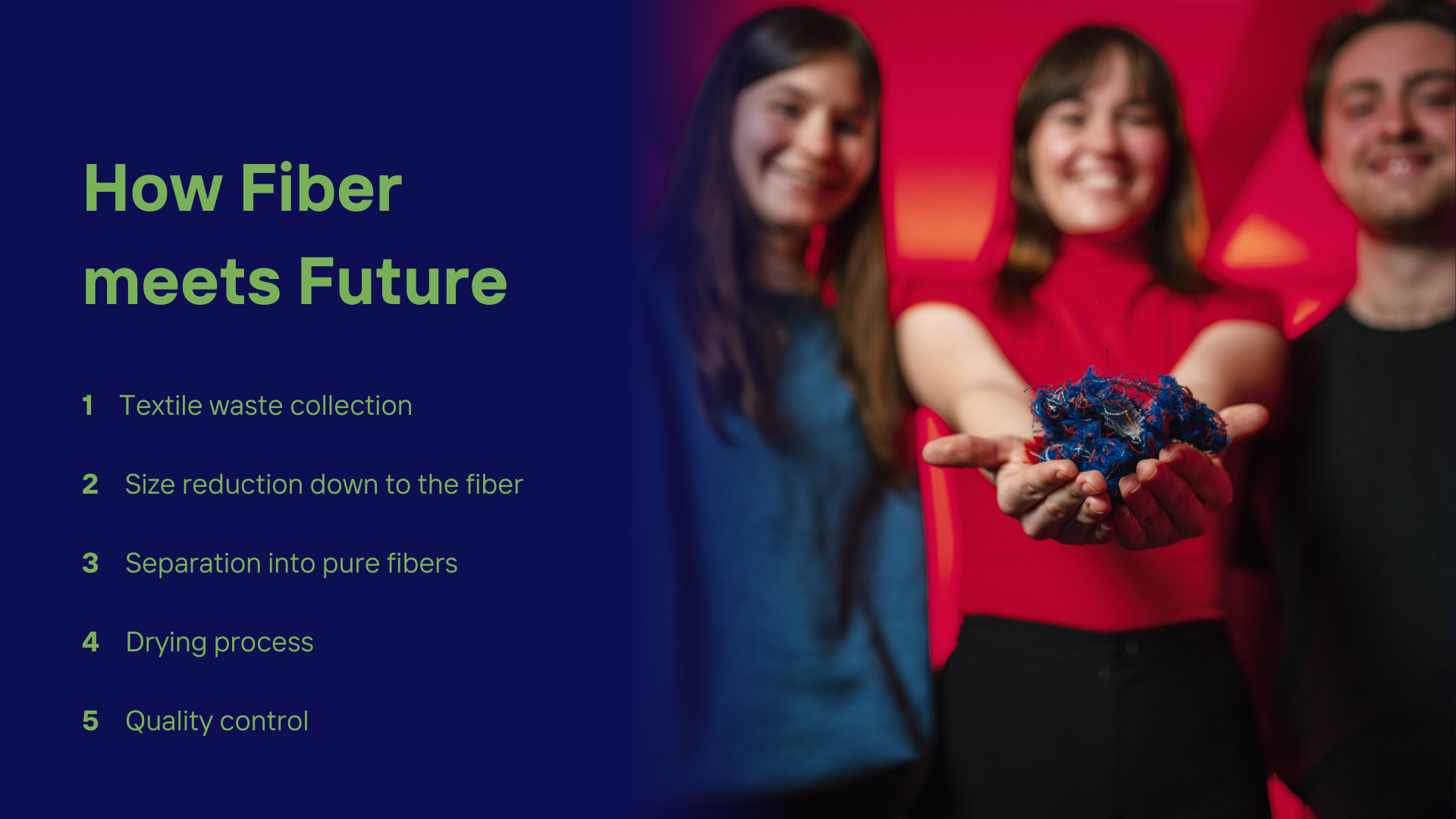
Step 1: Textile collection
Contacts have already been established with textile collection centers and sorting companies based in Leipzig to preserve textile waste. In the future, the network for the preservation of textile waste must be expanded across national borders.
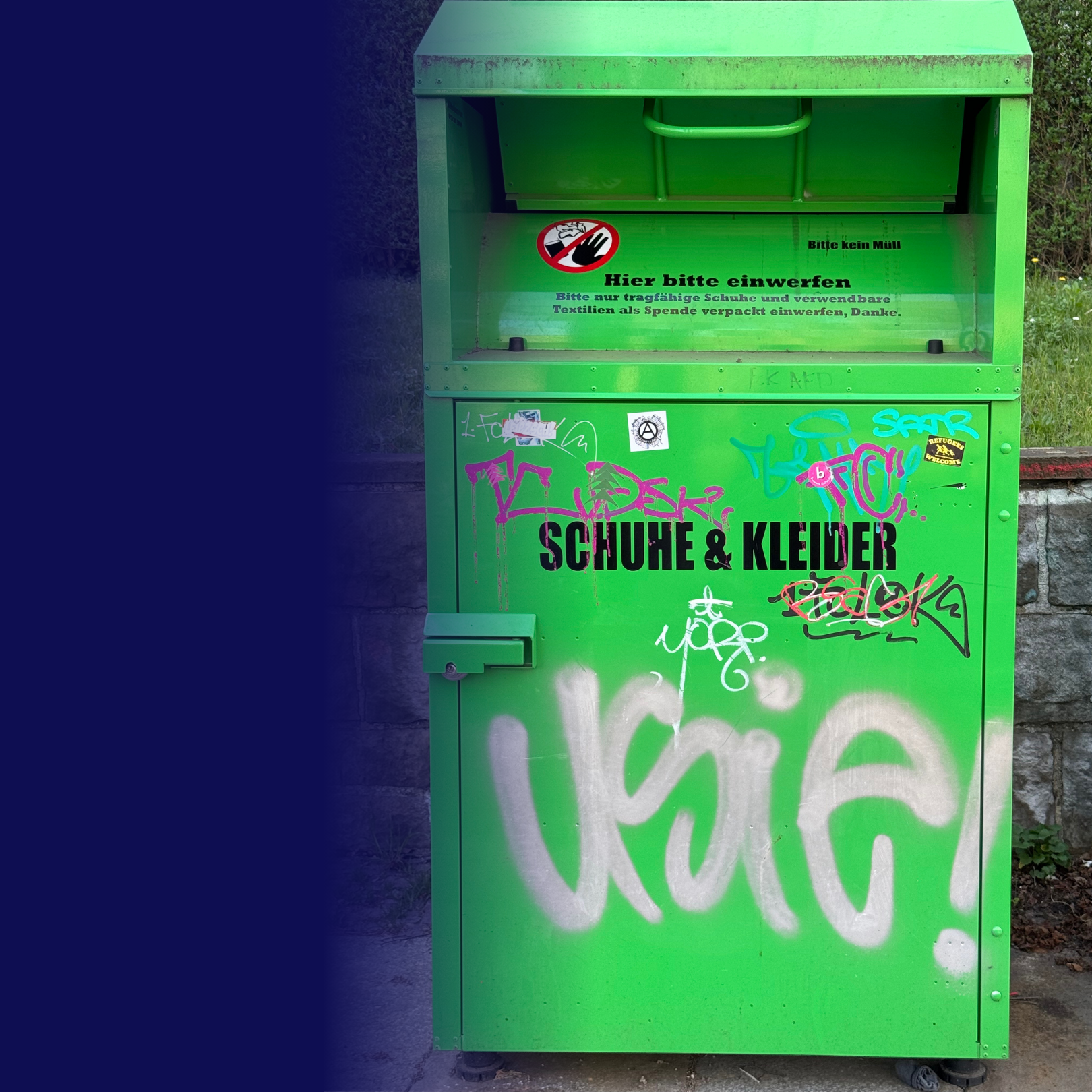

Step 2: Textile shredding down to the fiber
The production of tensile fibers from clothing or clothing scraps is carried out in cooperation with the STFI in Chemnitz. The separation of the fibers is the most challenging step, which is why we are currently working intensively on constructive solutions.
Step 3: Separation into pure fibers
A five-stage mechanical process is used to separate the fibers by type, with one material being separated in each stage. This is the heart of FiberFlow. The system will function like a wastewater treatment plant for textiles and will have a modular design to enable flexible operation.
The aim is to achieve a black box principle, i.e. all textiles go in at the beginning and unmixed fibers come out at the end. The process plan exists in fully developed form on paper. The task now is to test the process in practice using an initial prototype!
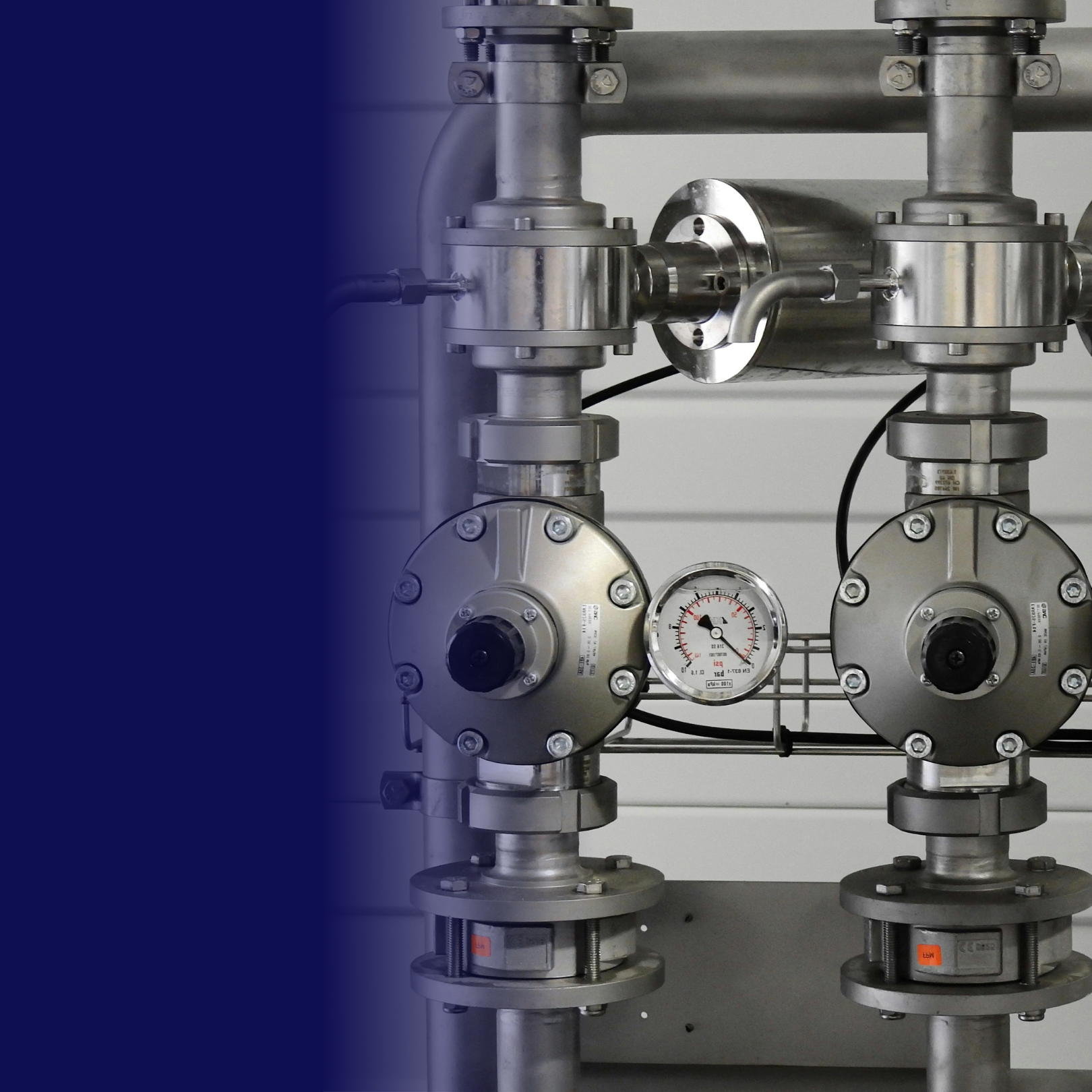
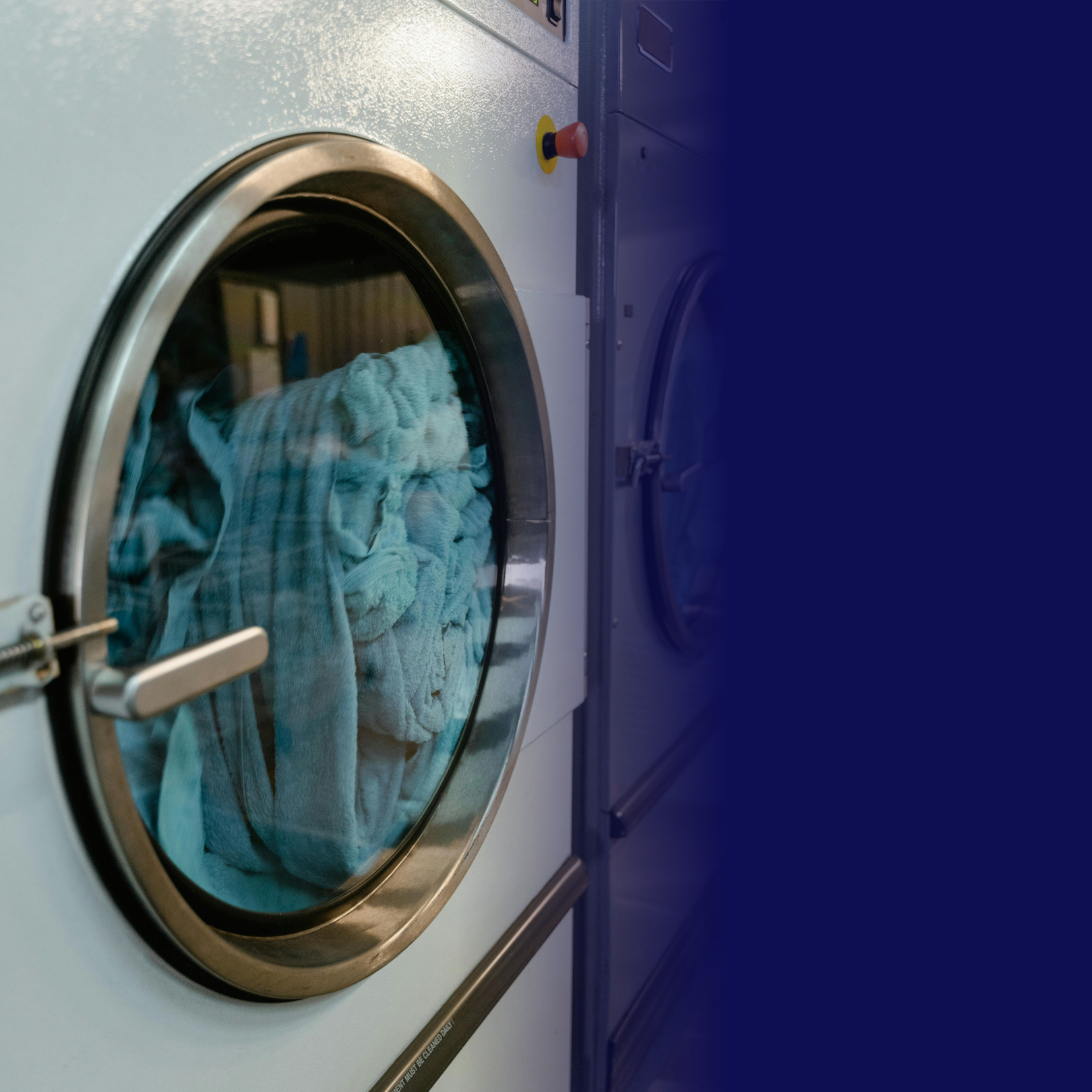
Step 4: Drying the fibers
After separation in water, the fibers must be dried for subsequent quality testing.
Step 5: Quality control
Finally, the dried fibers are subjected to quality control in order to assess the degree of purity and the condition of the fibers. This is done by examination in the infrared range using a spectroscope and a digital microscope.
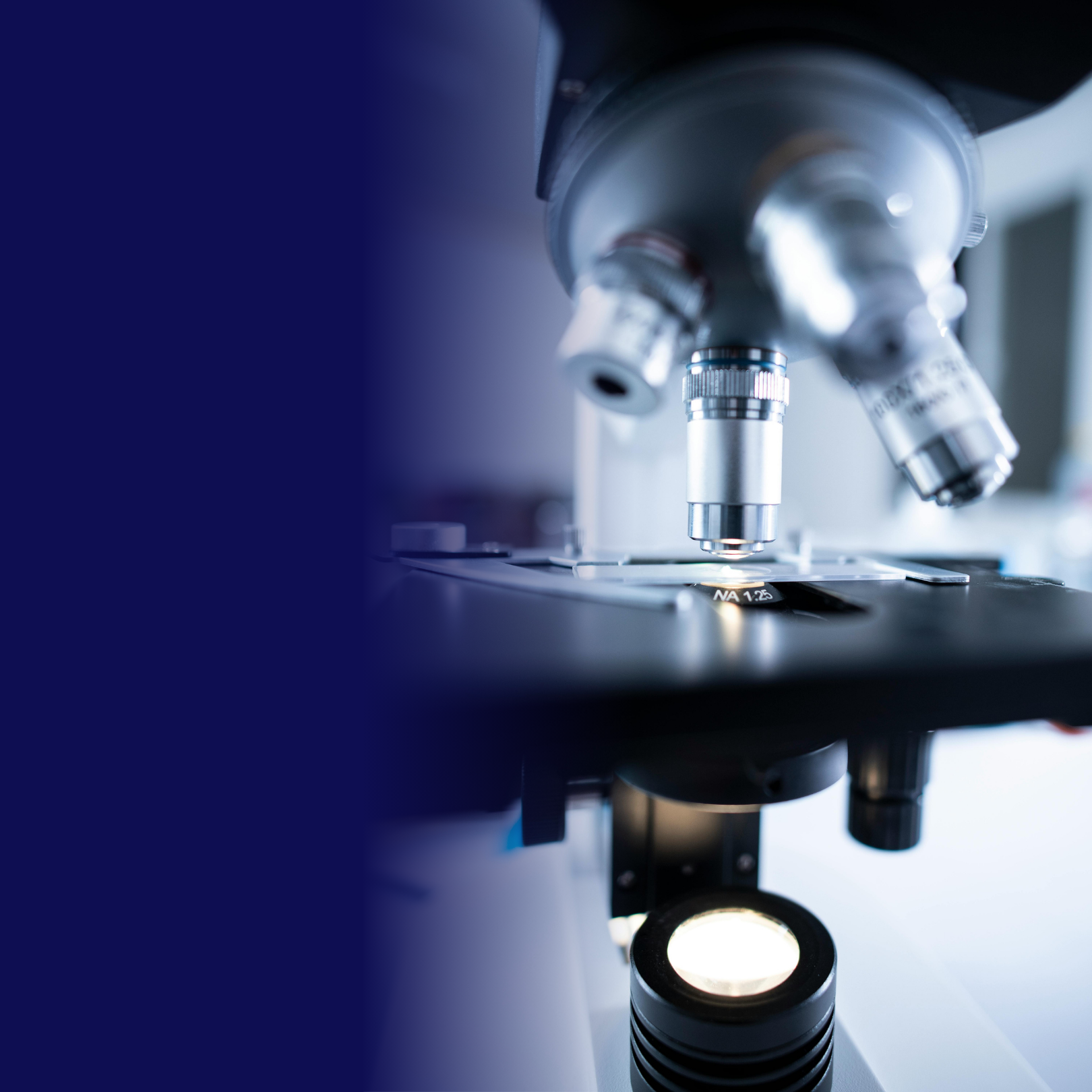
Delivery to chemical recycling
If tested single-variety fibers are available, they can be passed on to chemical recyclers. Depending on the input materials, these can produce new products. Further life cycles of the sorted fibers (e.g. in building materials) are being tested.